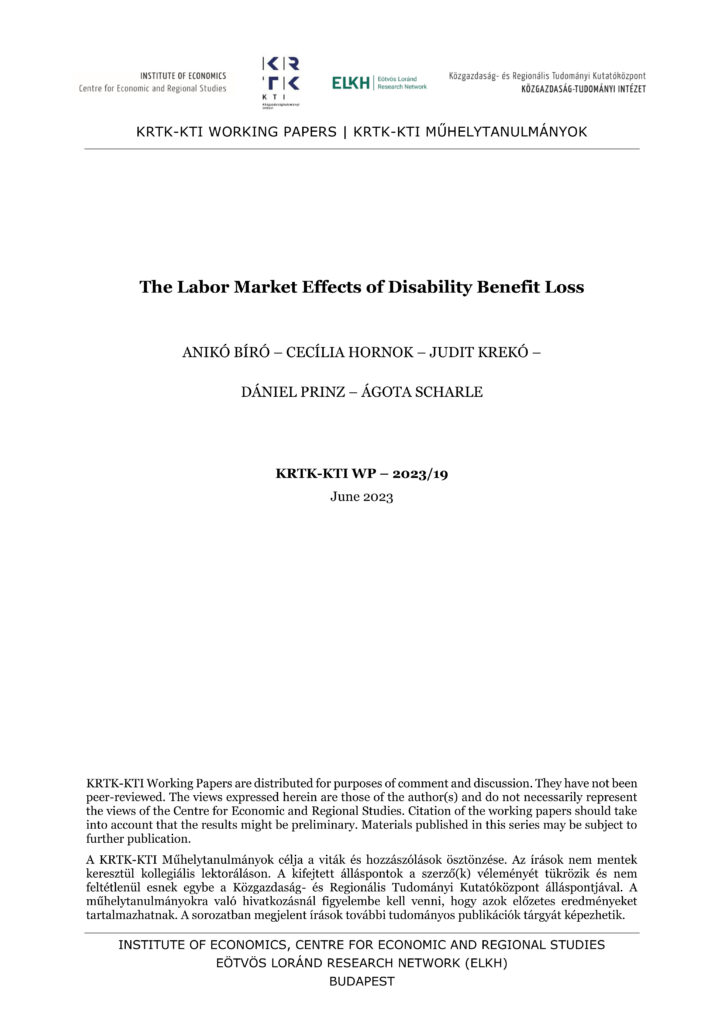Disability benefits are costly and tend to reduce labor supply. While costs can be reduced by careful targeting, correcting past eligibility rules or assessment procedures may entail welfare costs. We study a major reform in Hungary that reassessed the health and working capacity of a large share of beneficiaries. Leveraging age and health cutoffs in the reassessment, we estimate employment responses to loss or reduction of benefits. We find that among those who left disability insurance due to the reform, 57% were employed in the primary labor market and 38% had neither employment nor benefit income. The consequences of leaving disability insurance sharply differed by pre-reform employment status. 62% of those without pre-reform employment did not work after exiting disability insurance, whereas this ratio was only 14% for those who had some employment in the pre-reform year. The gains of the reform in activating beneficiaries were small and strongly driven by pre-reform employment status. This points to the importance of combining financial incentives with broader labor market programs that increase employability.
Publikációk / The Labor Market Effects of Disability Benefit Loss
2025
Aug
31
M
T
W
T
F
S
S
28
29
30
31
1
2
3
4
5
6
7
8
9
10
11
12
13
14
15
16
17
18
19
20
21
22
23
24
25
26
27
28
29
30
31
1
2
3
4
5
6
7
Next month >
a
2025
Aug
31
M
T
W
T
F
S
S
28
29
30
31
1
2
3
4
5
6
7
8
9
10
11
12
13
14
15
16
17
18
19
20
21
22
23
24
25
26
27
28
29
30
31
1
2
3
4
5
6
7
Next month >


